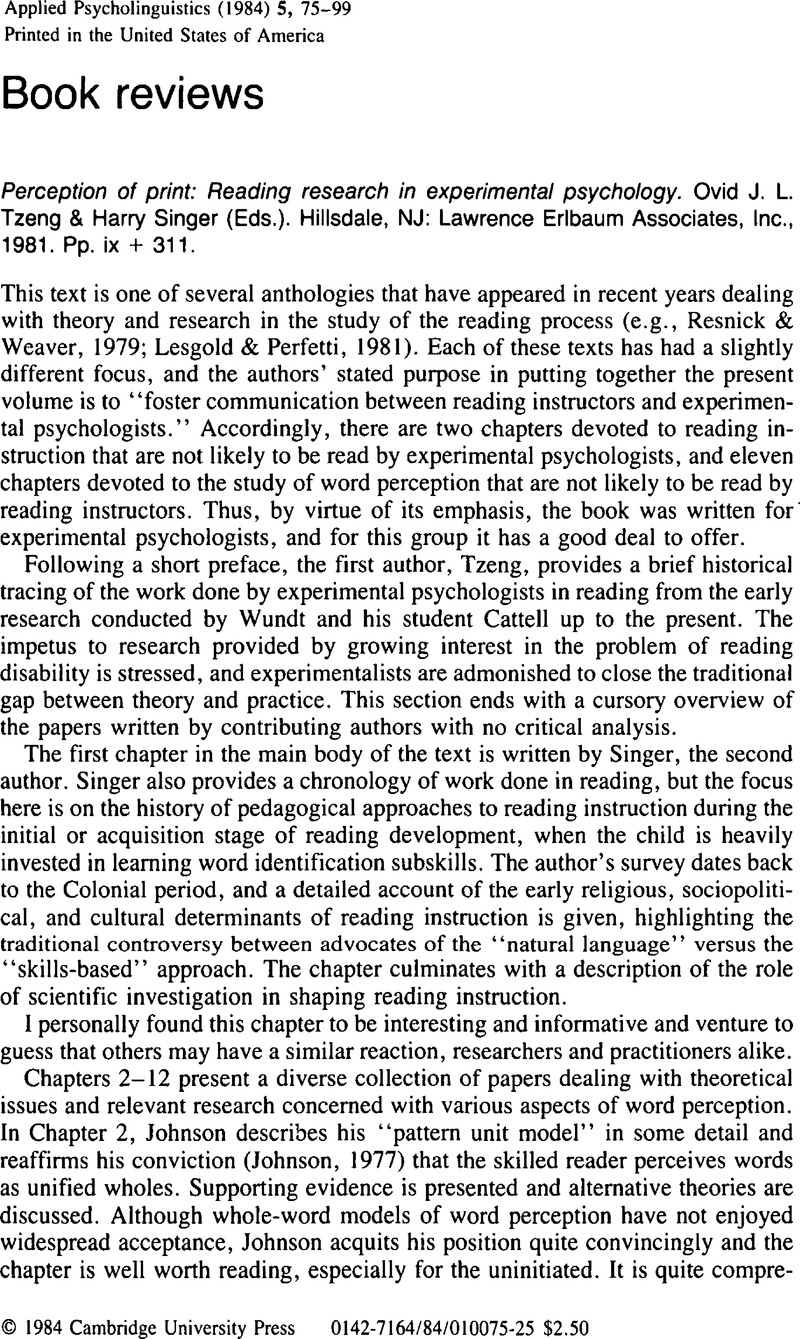Crossref Citations
This article has been cited by the following publications. This list is generated based on data provided by Crossref.
Wolf, Maryanne
1986.
Rapid alternating stimulus naming in the developmental dyslexias.
Brain and Language,
Vol. 27,
Issue. 2,
p.
360.



